Timeline: 1800-1850
These decades are a time of discovery, change, and reflection. Those distanced from the western frontier consider man's harmonious relationship to nature. On the frontline of westward expansion, some authors and artists portray a land of mythical qualities.
"There is a pleasure in the pathless woods, There is a rapture on the lonely shore. There is society where none intrudes ... I love not man the less, but Nature more ... "
—Lord Byron from Apostrophe to the Ocean, 1816
-
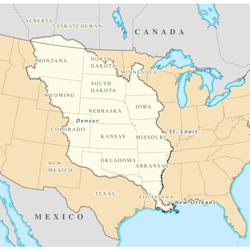
1803
President Thomas Jefferson engineers the Louisiana Purchase, doubling the size of the Republic. He urges Congress to fund the Lewis and Clark Corps of Discovery Expedition.
-
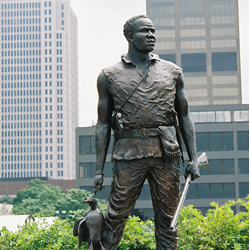
1804-1806
William Clark's African-American slave, York, contributes to the successful explorations of Lewis and Clark.
-
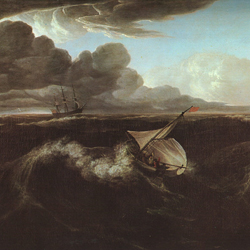
1804
Washington Allston produces "The Deluge" and "The Rising of a Thunderstorm at Sea," some of the first American landscape paintings to portray an intimate relationship between man and nature.
-
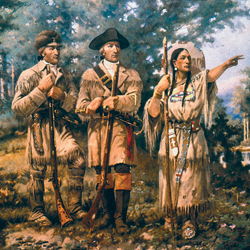
1805
Shoshoni woman Sacajawea joins the Lewis and Clark expedition as it departs from Fort Mandan. Her interpretation skills and identification of places, plants, and animals along the way contribute greatly to the success of the expedition.
-
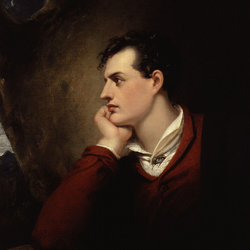
1816
Lord Byron writes "There is a pleasure in the pathless woods, There is a rapture on the lonely shore. There is society where none intrudes...I love not man the less, but Nature more."
-
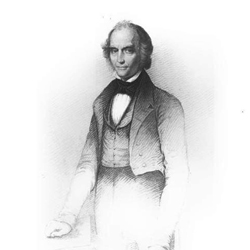
1817
William Cullen Bryant's "Thanatopsis" and "Fragment," published in North American Review recognize a new approach to the contemplation of nature. Bryant's political involvement later initiates the "park movement."
-
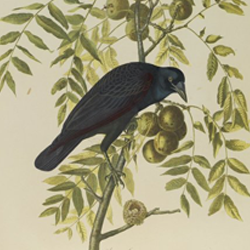
1820
Haitian-born artist, John James Audubon, begins illustrating all of America's birds for his masterwork, Birds of America, capturing realistic images of wild America in a lasting visual record.
-
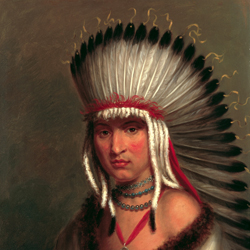
1822
Pawnee Chief Petalesharo presents a speech to President Monroe describing the nomadic way of Indian life and notes that numbers of game animals, such as buffalo, are decreasing due to encroaching settlement and exploration.
-
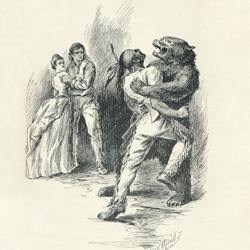
1823
James Fenimore Cooper presents a treatment of man versus nature and some of the first concepts of conservation of natural resources in The Pioneers. His later fictional works pit progress against wilderness.
-
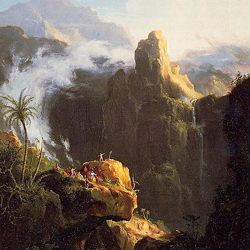
1827
Thomas Cole, a leader in the romantic landscape painting movement known as the Hudson River School, produces "St. John Preaching in the Wilderness." Cole believed that the wilderness was passing away and that there was a "necessity of saving and perpetuating its features."
-
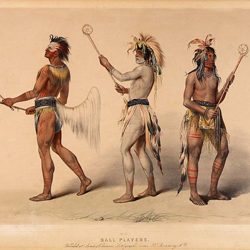
1830
George Catlin sets out to paint all the Indian tribes west to the Pacific. His idea of "a Nation's park" was published in his articles for New York's Daily Commercial Advertiser. His original concept of natural reserves included American Indians as living parts of the park ecology.
-
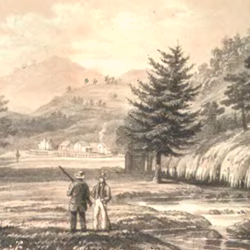
1832
Hot Springs Reservation, now named Hot Springs National Park, the nation's oldest national park, is designated in Arkansas.
-
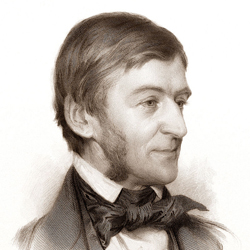
1836
Ralph Waldo Emerson publishes "Nature." The essay brings about profound changes in American attitudes toward nature. Emerson's "philosopher's camp" is a precursor to camping, leisure, and appreciation of nature.
-
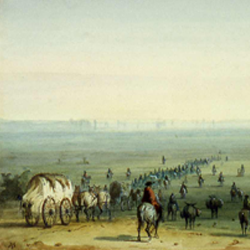
1842
Trapper Jim Bridger establishes the Oregon Trail, opening the route to the Pacific Northwest for settlers.
-
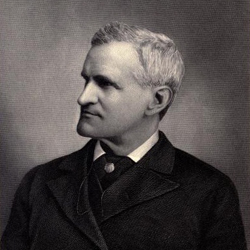
1849
In his first edition of Oregon Trail, author Francis Parkman calls the land between the Arkansas and Missouri Rivers "the great American desert." Although Parkman's diary mentions encounters with diverse people, his portrayal of a frontier explored only by European descendants introduces the myth of the West to the public.